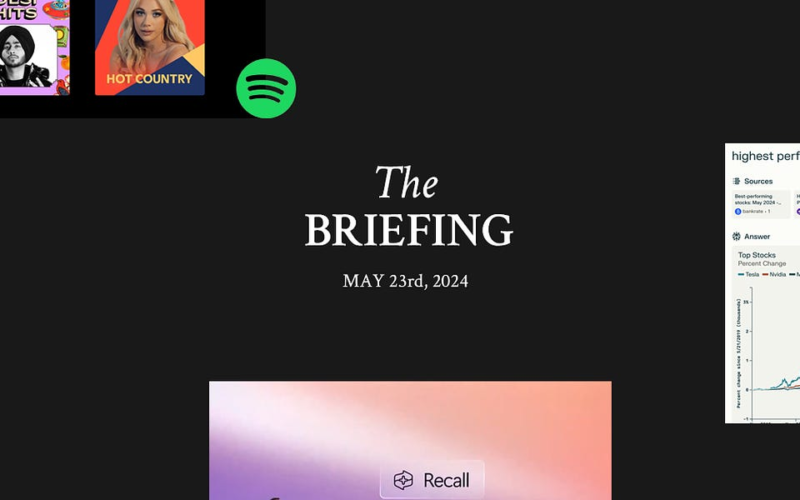24
May
In the rapidly evolving landscape of artificial intelligence (AI), the rise of generative AI models has ushered in a new era of personalized and intelligent experiences. Organizations are increasingly using the power of these language models to drive innovation and enhance their services, from natural language processing to content generation and beyond. Using generative AI models in the enterprise environment, however, requires taming their intrinsic power and enhancing their skills to address specific customer needs. In cases where an out-of-the-box model is missing knowledge of domain- or organization-specific terminologies, a custom fine-tuned model, also called a domain-specific large language model…









